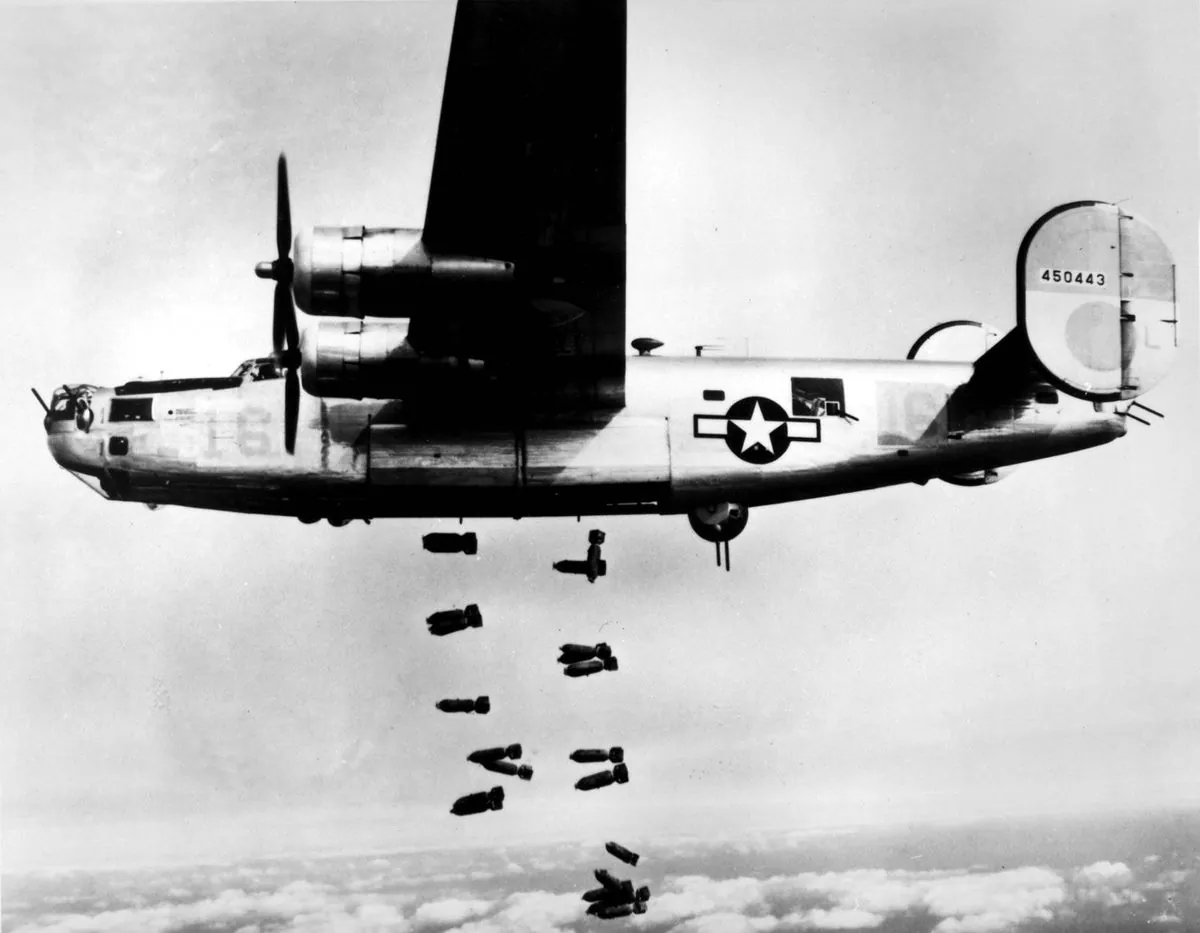WWII Airman's Remains Identified 80 Years After Kassel Mission Tragedy
Staff Sgt. John A. Tarbert's remains have been identified 80 years after his B-24 bomber was shot down during WWII. The discovery brings closure to his son and sheds light on the psychological toll of aerial combat.

In a significant development, the Defense Department has announced the identification of Staff Sgt. John A. Tarbert's remains, nearly 80 years after his B-24 bomber was shot down during World War II. The discovery brings closure to a tragic chapter in American military history and sheds light on the psychological toll of aerial combat.
Tarbert was a crew member aboard the B-24 "Mairzy Doats," named after a popular 1943 novelty song, when it was shot down on September 27, 1944. The aircraft, part of the 445th Bomb Group, was participating in the ill-fated Kassel Mission, which resulted in the highest loss rate of any single mission in 8th Air Force history.
The 445th Bomb Group, formerly commanded by actor James Stewart, was based at RAF Tibenham in Norfolk, England. On that fateful day, their mission was to attack industrial facilities in Kassel, Germany. However, a navigation error led to catastrophic consequences.

Accounts from surviving crew members paint a harrowing picture of the mission. The B-24 Liberator, one of the most widely produced American aircraft of World War II, was under heavy attack from German fighters. Tarbert, a waist gunner, was reportedly seen praying instead of manning his position.
The psychological impact of aerial combat on World War II airmen was profound. Historian Donald L. Miller notes that many experienced "shakes and tremors, temporary blindness and catatonia" during missions. The extreme conditions, including frigid temperatures at high altitudes, added to the stress. Airmen wore electrically heated suits to combat the cold, but the fear and trauma were ever-present.
Tarbert's son, John Elliott, now 79, has mixed emotions about the accounts of his father's behavior. Born just 16 days after the ill-fated mission, Elliott never knew his father. He struggles with the portrayal of Tarbert as someone who "lost his nerve" during the attack.
"I was informed by one of our gunners that Sgt. Tarbert completely lost his nerve during the attack by enemy fighters and failed to fire any of his guns."
The identification of Tarbert's remains was made possible through the efforts of the Defense POW/MIA Accounting Agency (DPAA). Using DNA comparison with Elliott and another relative, the agency was able to confirm the identity of the long-missing airman.
Tarbert will be laid to rest with full military honors on November 8, 2024, at the Gerald B.H. Solomon Saratoga National Cemetery in Schuylerville, New York. This final chapter brings a measure of closure to a story that has spanned eight decades, reminding us of the enduring impact of war on families and the importance of accounting for all those who have served.


































